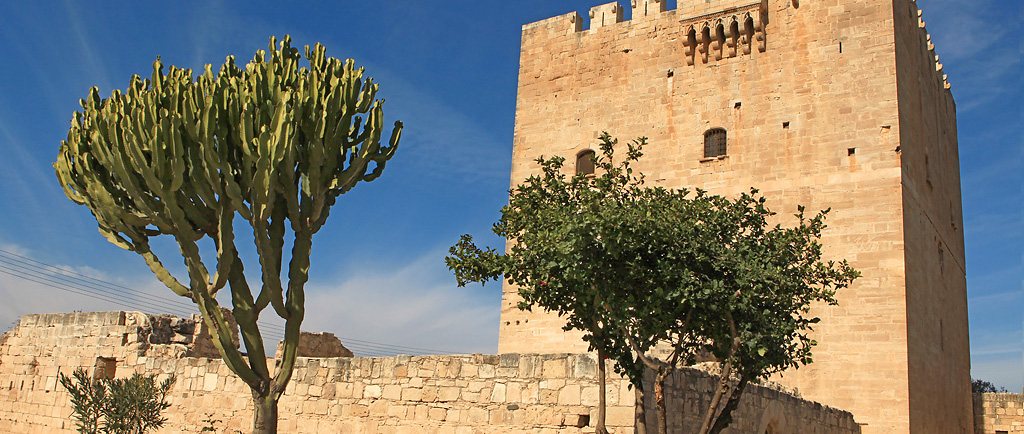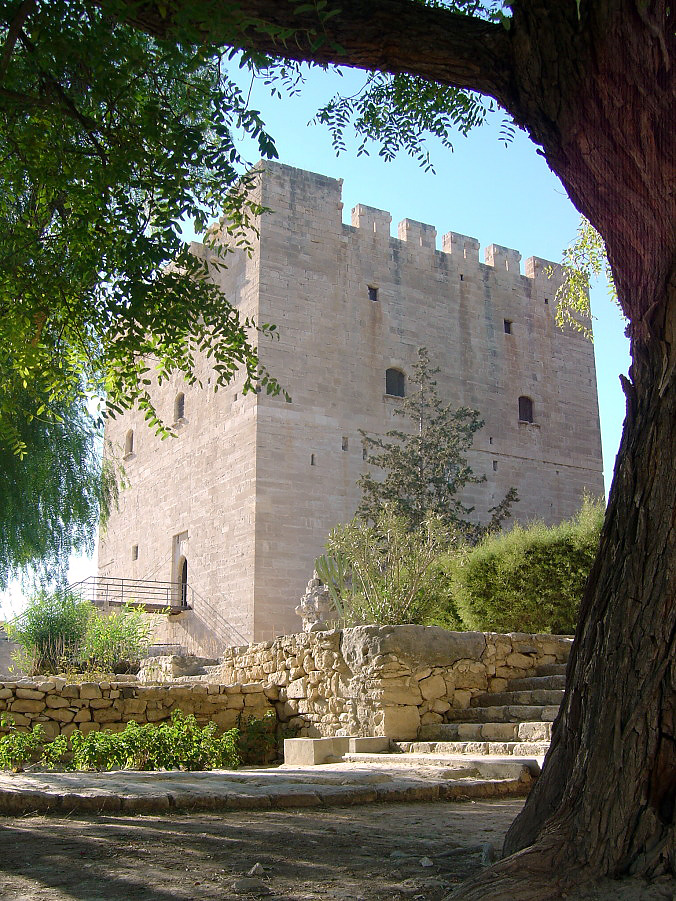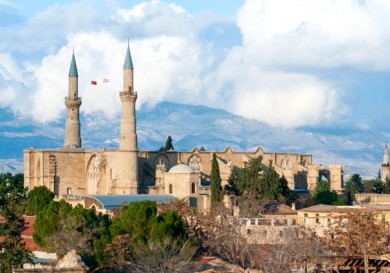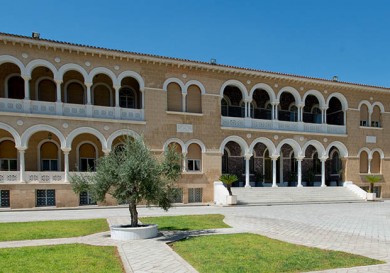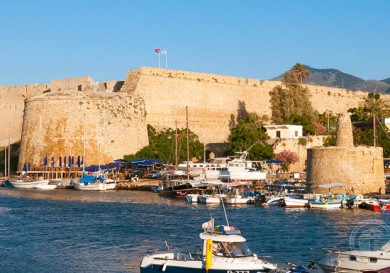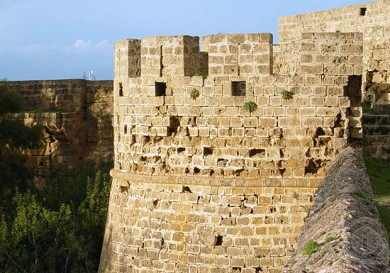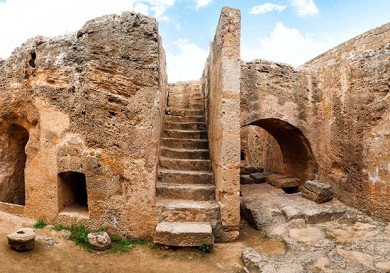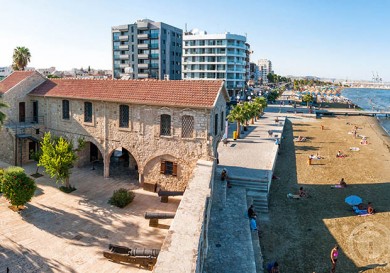We are again about to leave home to discover new secrets of the wonderful island for ourselves and guests of Cyprus. Today we are leaving for a Middle Age castle, which holds the mysteries of ancient knights.
A Bit of History and Architecture
Kolossi castle is located 7 kilometres outside Limassol. Many centuries have passed since the time when, in the 13th century, the Lusignans acquired a plot of land and a wonderful castle was erected on it.
After the fall of Acre in 1291, the knights of the Order of Saint John of Jerusalem took the feud from the Lusignan king Hugo I. The region quickly became the richest in the domain of the crusaders.
A wonderful sample of Middle Age architecture is well preserved.
The height of the castle is 23 m, whilst the thickness of its walls is 3 m. There are five embrasures at the level of the roof of the castle through which defenders of the castle poured hot oil and water onto the heads of enemies to fend off an attack.
A sign in the form of a shield on the building is split into four parts – the emblem of Cyprus, Jerusalem, Armenia and an old coat of arms of the Lusignans. The date the fortress was built, 1454, is preserved on a marble plate. Under the royal coat of arms there is the coat of arms of Louis de Magnac, a Cypriot commander in chief who is believed to have managed the construction.
Specialists believe that there was a pantry, a water reservoir and a prison on the ground floor of the castle. On the first floor there was a kitchen, a fireplace and a drawbridge which was replaced by a stone staircase and a new bridge in 1933. On the second floor there were huge chambers and fireplaces – private rooms of the governor-commander-in-chief of the army of the island.
The Centre of Commandaria Production
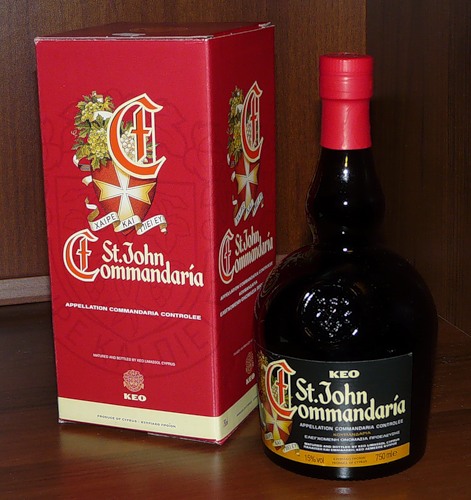
Of course Kolossi castle was a safe defense feature for those living in it, but the silent witness of the past is not only famous for that.
The region of Kolossi was famous for its rich plantations of sugar cane and grapes, which is why the fortress became the focus of very profitable sugar and high quality wine production. On the land of the feud, local independent peasants (pariks) grew grapes amongst other things, and it was here where the wonderful wine commandaria, now famous all over the world, was invented and started its victorious march.
Those who come to the Commandaria region in September will see large and small ‘carpets’ of grapes laid almost everywhere along the roads on a polyethylene film under the hot sun.
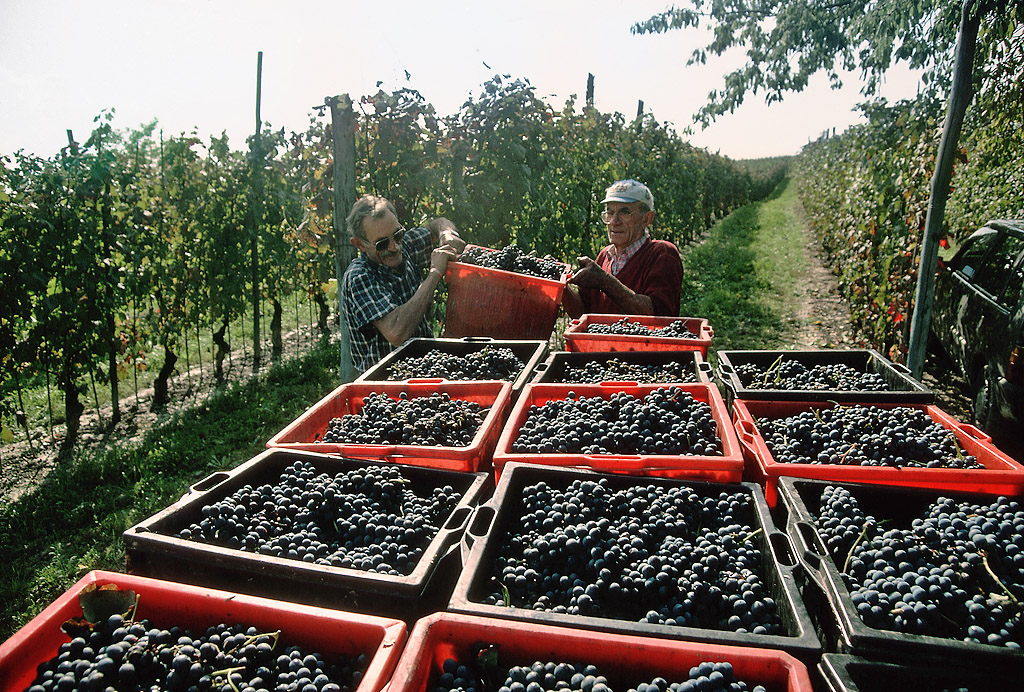 Light bunches of xynisteri and dark bunches of mavro dry and become sweet raisins – only until the sugar level reaches the necessary level, while the grapes still have enough juice in them. It usually takes ten to twelve days. Winegrowers turn the bunches over every day during this period, until it is time to take the ‘sugared’ berries to the collecting depots.
Light bunches of xynisteri and dark bunches of mavro dry and become sweet raisins – only until the sugar level reaches the necessary level, while the grapes still have enough juice in them. It usually takes ten to twelve days. Winegrowers turn the bunches over every day during this period, until it is time to take the ‘sugared’ berries to the collecting depots.
The young commnadaria spends its time in wine cisterns of the village cooperative, while in about five months the wine moves to a large company where it is enhanced, but until then some of the wine is decanted and sold at a lower price to local producers.
If you have a chance to sample such Cypriot wine in one of the Commandaria villages you will experience the taste as during the time of crusaders. Тraditions are maintained!
The sweet Cypriot ‘nectar’ was once sold mainly to Venetians and Genoese, but the wine was also popular with pilgrims.
The Ancient Sugar Production
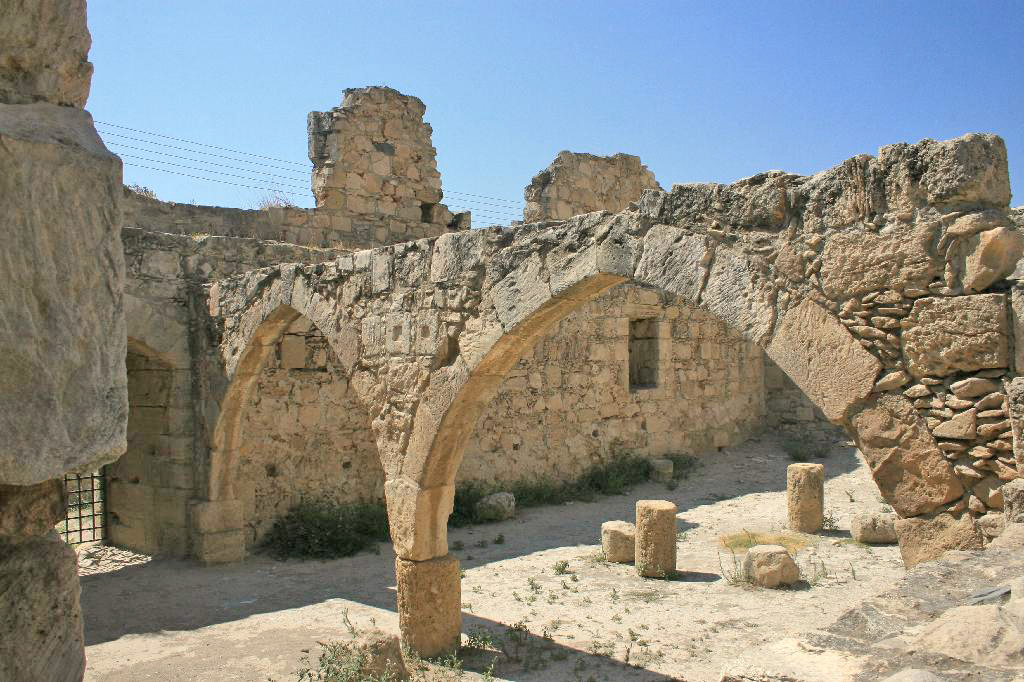 Confirmation of the vastness of the sugar cane plantations in the Kolossi region is the fact that the famous commercial Venetian House Martini owned a sugar plant here, whose ruins have been preserved. Тhere are also remainders of an old water system through which water was delivered to the sugar plant.
Confirmation of the vastness of the sugar cane plantations in the Kolossi region is the fact that the famous commercial Venetian House Martini owned a sugar plant here, whose ruins have been preserved. Тhere are also remainders of an old water system through which water was delivered to the sugar plant.
Only after the venetians were evicted from the island and Cyprus was seized by the Osmans, did the production of sugar cane stop and the plantations gradually supplanted by cotton.
An inscription on the wall of the sugar plant says that it was restored in 1591 bу Мurad Pasha, the second Turkish ruler of Cyprus. Restoration was required after the destructive earthquakes in Limassol in 1567 and 1568.
There are also remainders of a water mill preserved in Kolossi, with the help of which sugar cane was refined. The mill, whose creation dates by the 14th cеntury, was built on the eastern side of the fortress. The building consists of three main and three auxiliary halls, with a total area of 150 sq.m.
Water from the Kouris River came to the mill wheel, with a diameter of 3.2 m, along a massive aqueduct. In a hall with a three-centre arch, sugar syrup was boiled and poured into ceramic conical bowls, where its crystallization took place.
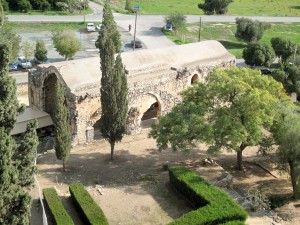 Conclusion
Conclusion
Although our trip to Kolossi has come to an end, we are still in for many ‘guards’ of Middle Age mysteries. There is a cаstle in Limassol, a Middle Age bаstion in Paphos, a palace of the Lusignans in the village of Kouklia, the garrison of Larnaca…
We will visit all those places and share new stories with you!




